Night Ecosystems
Nighttime is more than just a period of darkness. it plays a vital role with night ecosystems in shaping the natural world. From the behaviors of nocturnal animals to the growth patterns of plants, the absence of light influences various aspects of ecosystems and the environment. However, the increasing prevalence of artificial light has introduced new challenges, disrupting these natural processes. Understanding the significance of night and mitigating the effects of light pollution are essential for maintaining the delicate balance of our ecosystems. This blog post explores the multifaceted impact of night on the environment, highlighting the importance of preserving natural darkness for the health and sustainability of our planet.
The Role of Night Ecosystems
Natural Rhythms and Behaviors Nighttime is crucial for maintaining the natural rhythms and behaviors of many species. Nocturnal animals, such as owls, bats, and certain insects, are adapted to be active during the night. They rely on the cover of darkness for hunting, mating, and avoiding predators. The absence of light helps regulate their internal clocks, which are essential for their survival.

Night Ecosystems and Waterways
Light Pollution and Its Impact Artificial light at night, known as light pollution, has significant negative effects on ecosystems. It disrupts the natural behaviors of wildlife, including migration, reproduction, and feeding patterns. For example, sea turtle hatchlings can become disoriented by artificial lights, leading them away from the ocean and towards danger. Similarly, migratory birds can be thrown off course by city lights, resulting in fatal collisions with buildings.
Plant Growth and Photosynthesis Plants also respond to the cycle of day and night. During the night, many plants undergo respiration, a process where they convert stored energy into growth and maintenance. Artificial light can interfere with this process, leading to changes in growth patterns and potentially making leaves tougher and less palatable to insects. This can have cascading effects on the food chain and overall ecosystem health.
Predator-Prey Dynamics The interplay between predators and prey is heavily influenced by the availability of light. Predators often use the cover of darkness to hunt, while prey species use it to hide. Artificial lighting can disrupt these dynamics, making prey more vulnerable and altering the balance of ecosystems. For instance, some insects are attracted to artificial lights, making them easy targets for predators like bats.

The Role of Night in Ecosystems and Waterways
Human Influence and Conservation Human activities have drastically altered the natural night environment. Urbanization and the widespread use of artificial lighting have created environments where night never truly falls. This constant illumination can lead to habitat loss and fragmentation, further stressing wildlife populations. Conservation efforts are increasingly focusing on reducing light pollution to protect nocturnal night ecosystems and restore natural night conditions.
The Role of Waterways at Night
Nocturnal Activities of Aquatic Life At night, waterways come alive with the activities of nocturnal aquatic creatures. Fish species such as catfish and eels become more active, hunting for food under the cover of darkness. Amphibians like frogs and toads also emerge, using the cooler, quieter hours to call for mates and forage. This nocturnal behavior helps these species avoid daytime predators and take advantage of the reduced competition for resources.
Influence of Moonlight and Tides The moon plays a significant role in the behavior of aquatic night ecosystems at night. Tidal movements, driven by the gravitational pull of the moon, create dynamic environments in coastal waterways. These tides influence the feeding and breeding patterns of many marine organisms. For instance, certain species of fish and crustaceans time their activities with the ebb and flow of the tides to maximize their chances of finding food and avoiding predators.
Impact of Light Pollution Artificial light pollution affects waterways just as it does terrestrial environments. Bright lights from urban areas can disrupt the natural behaviors of nocturnal aquatic species. For example, some fish and amphibians rely on the natural darkness to navigate and communicate. Excessive artificial lighting can interfere with these processes, leading to disorientation and increased vulnerability to predators.

Night Ecosystems
Water Temperature and Oxygen Levels Nighttime often brings cooler temperatures, which can affect the physical properties of water. Cooler water has an interesting property as it can hold more dissolved oxygen, which is beneficial for aquatic life. This increase in oxygen levels can support the metabolic activities of fish and other organisms, making nighttime a crucial period for their survival and growth.
Human Activities and Conservation Efforts Human activities, such as nighttime fishing and boating, can have significant impacts on waterways. These activities can disturb the natural behaviors of nocturnal species and contribute to pollution and habitat degradation. Conservation efforts are increasingly focusing on minimizing human disturbances at night to protect these sensitive night ecosystems. Measures such as reducing light pollution and implementing no-fishing zones during critical periods can help preserve the health of aquatic environments.
Conclusion
Nighttime & the night ecosystems is a vital component of the natural world, influencing the behaviors, growth, and survival of countless species. From the activities of nocturnal animals to the dynamic changes in waterways, the night plays a crucial role in maintaining the balance of ecosystems. Understanding and mitigating the impacts of artificial light pollution is essential for preserving the delicate balance of our environment and ensuring the health and sustainability of our planet.
Join the Discussion
We invite you to join the conversation about the fascinating role of nighttime in ecosystems and waterways.
Personal Observations – Have you noticed any nocturnal activities in your local waterways? What species have you observed, and how do they behave differently at night?
Light Pollution – How does artificial light affect the natural environment in your area? Have you seen any efforts to reduce light pollution, and what impact have they had?
Conservation Efforts – Are there any local initiatives aimed at protecting nocturnal ecosystems and waterways? How can individuals contribute to these efforts?
Scientific Insights – Do you have any interesting facts or research findings about the impact of night on ecosystems? Share your knowledge and help us all learn more.
Creative Ideas – What innovative solutions can you think of to mitigate the effects of light pollution and human activities on nocturnal environments?
Your input is valuable, and together we can deepen our understanding and appreciation of the natural world. Let’s discuss and explore the wonders of nighttime in ecosystems and waterways!
Hashtags
#NightEcosystems #NocturnalLife #WaterwaysAtNight #LightPollution #Conservation #Biodiversity #NatureAtNight #WildlifeProtection #AquaticLife #MoonlitWaters #EcoBalance #NaturalRhythms #NocturnalAnimals #EnvironmentalImpact #HabitatPreservation #SustainableLiving #EcoAwareness #NighttimeNature #ProtectOurPlanet #HealthyEcosystems #WildlifeConservation #SaveOurRivers #NighttimeActivities #EcoFriendly #NatureLovers #WildlifeHabitat #ClimateAction #GreenLiving #EcoCommunity #NatureConservation

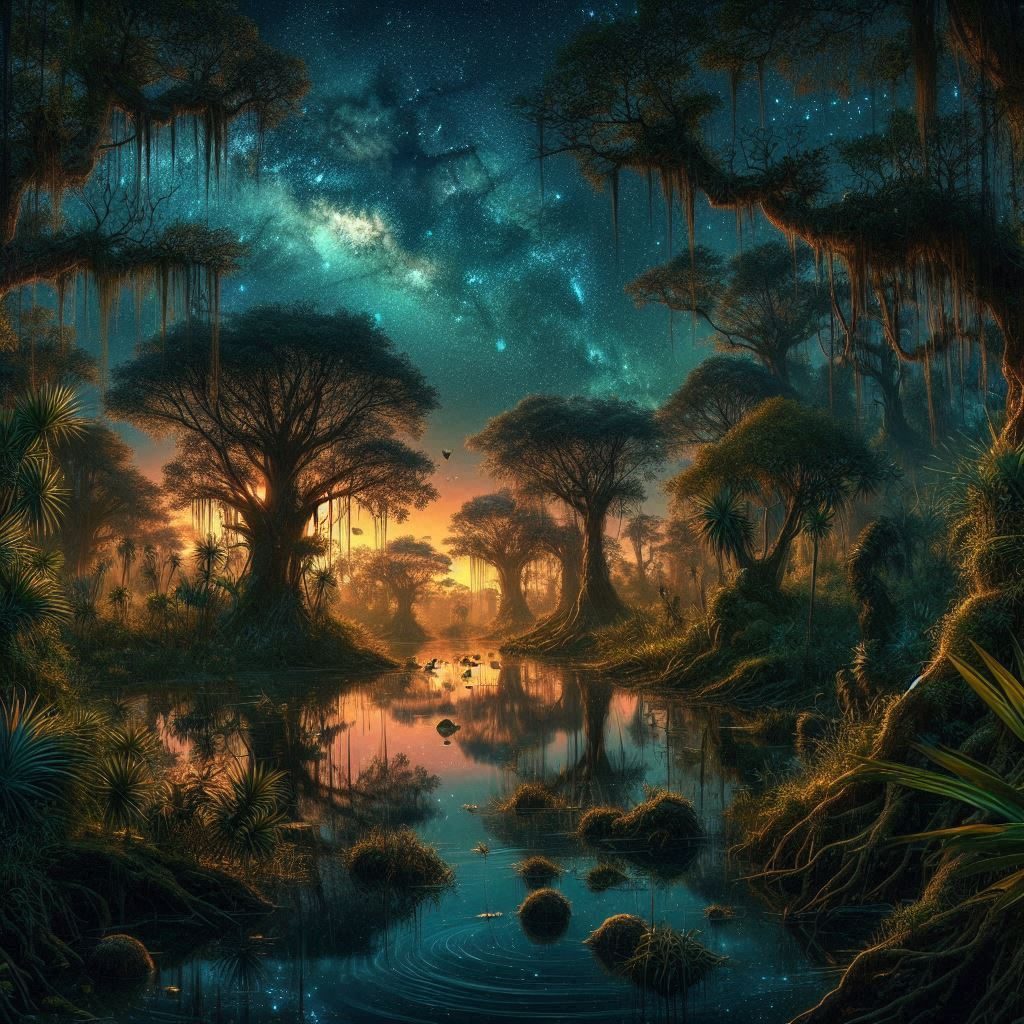

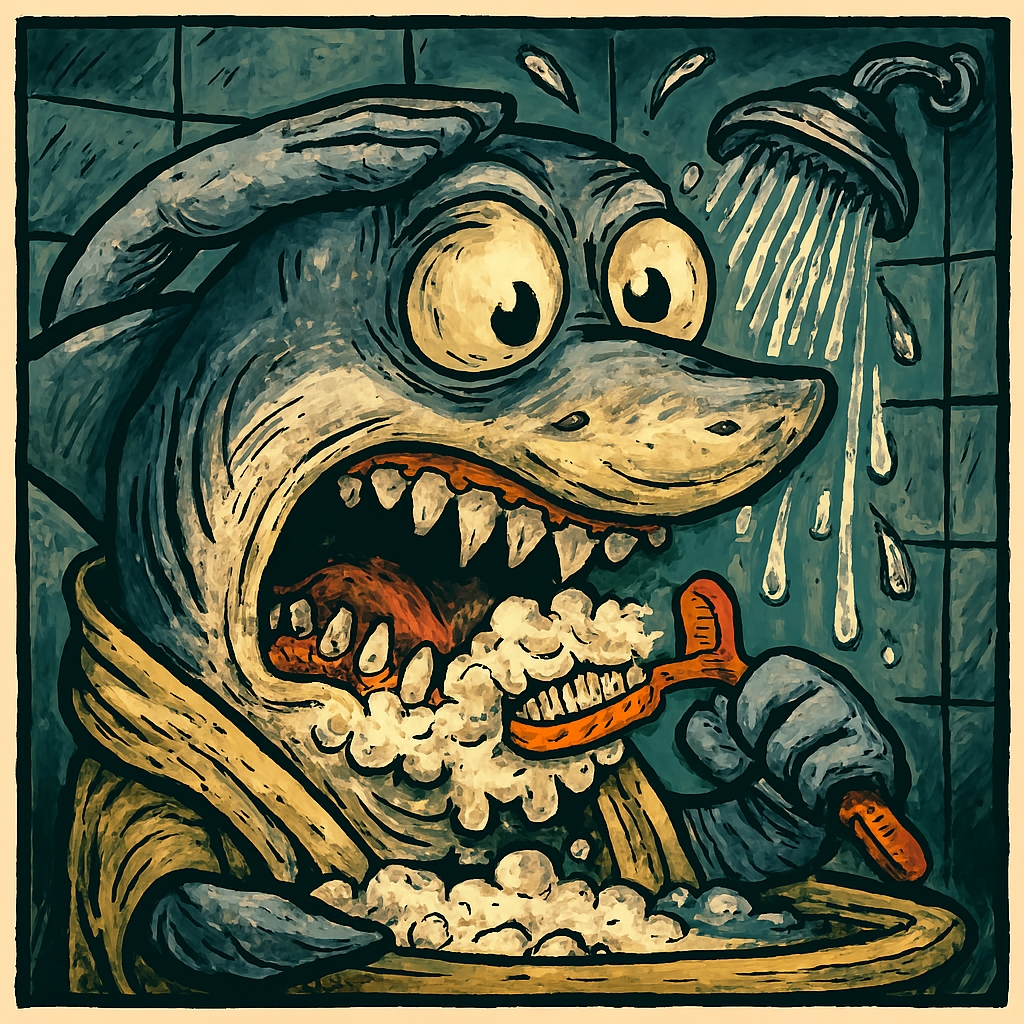



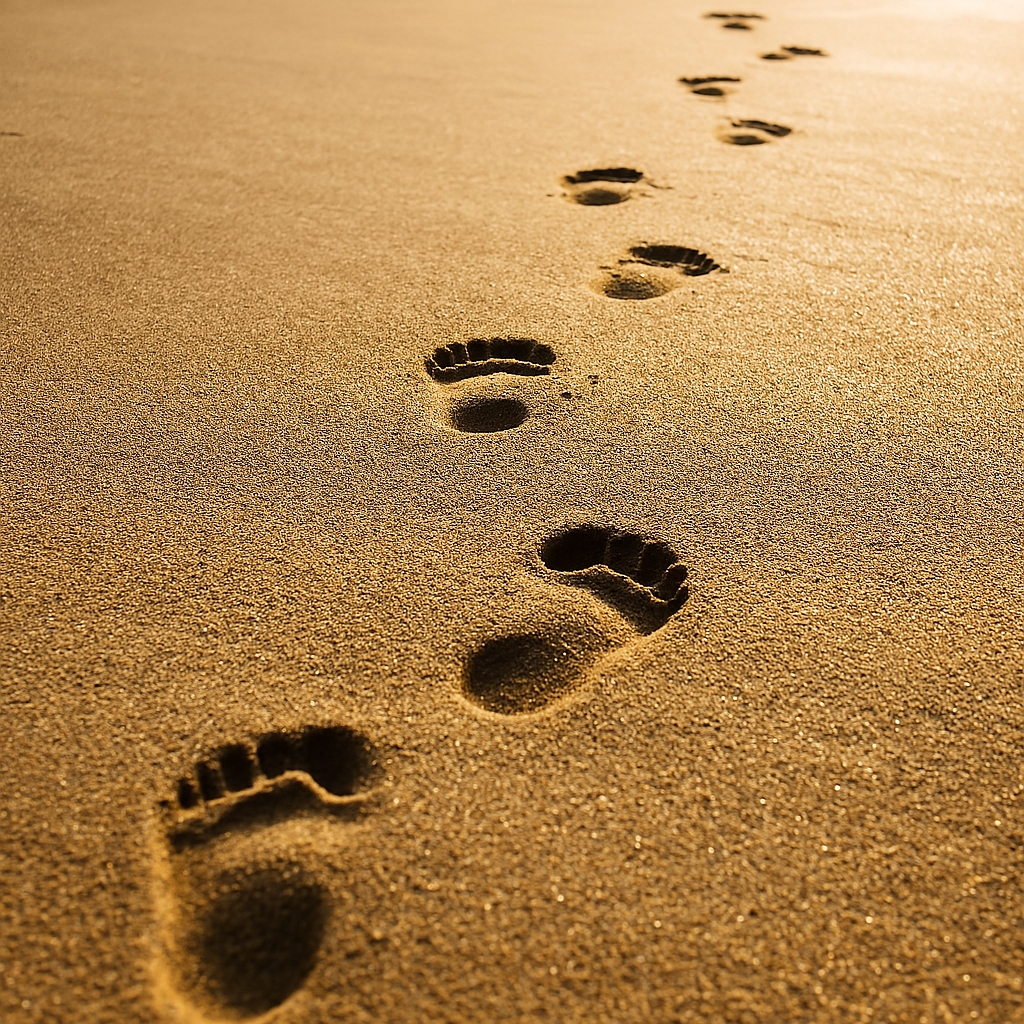
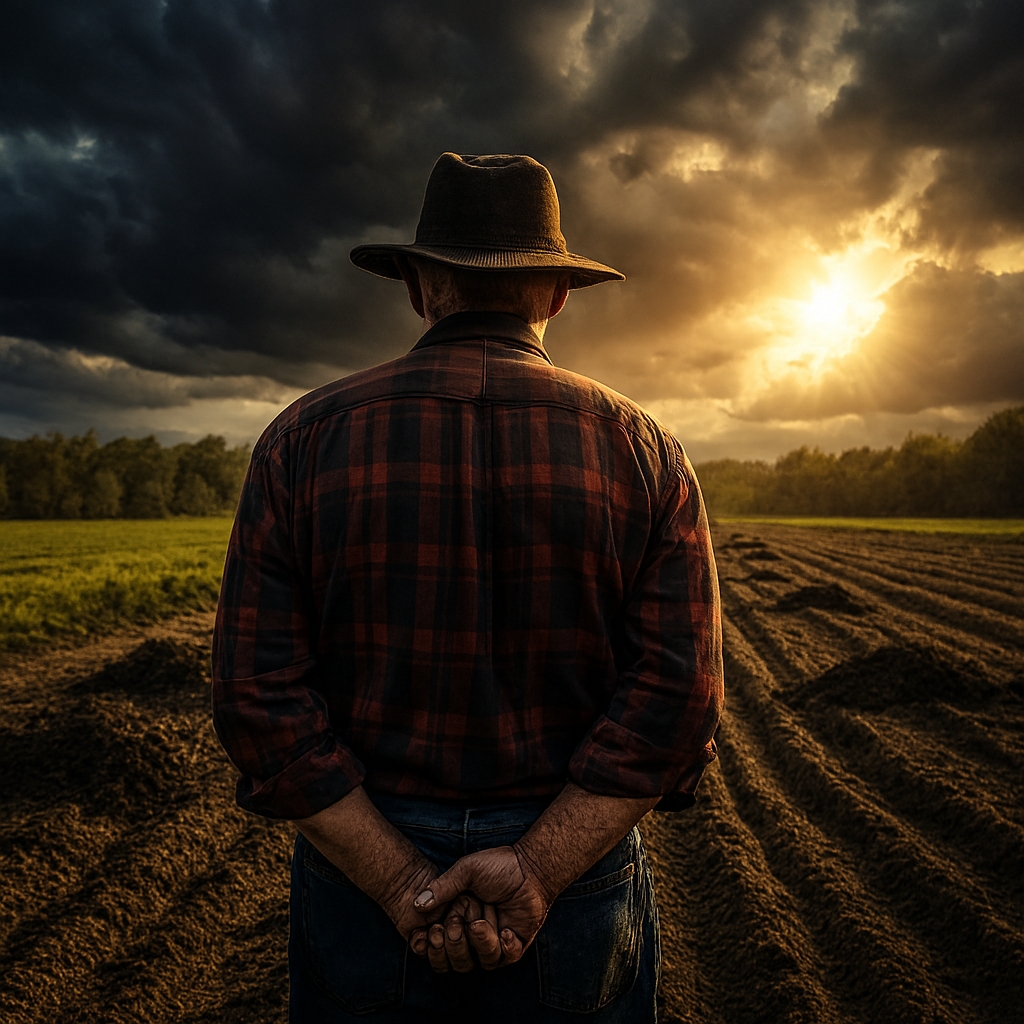
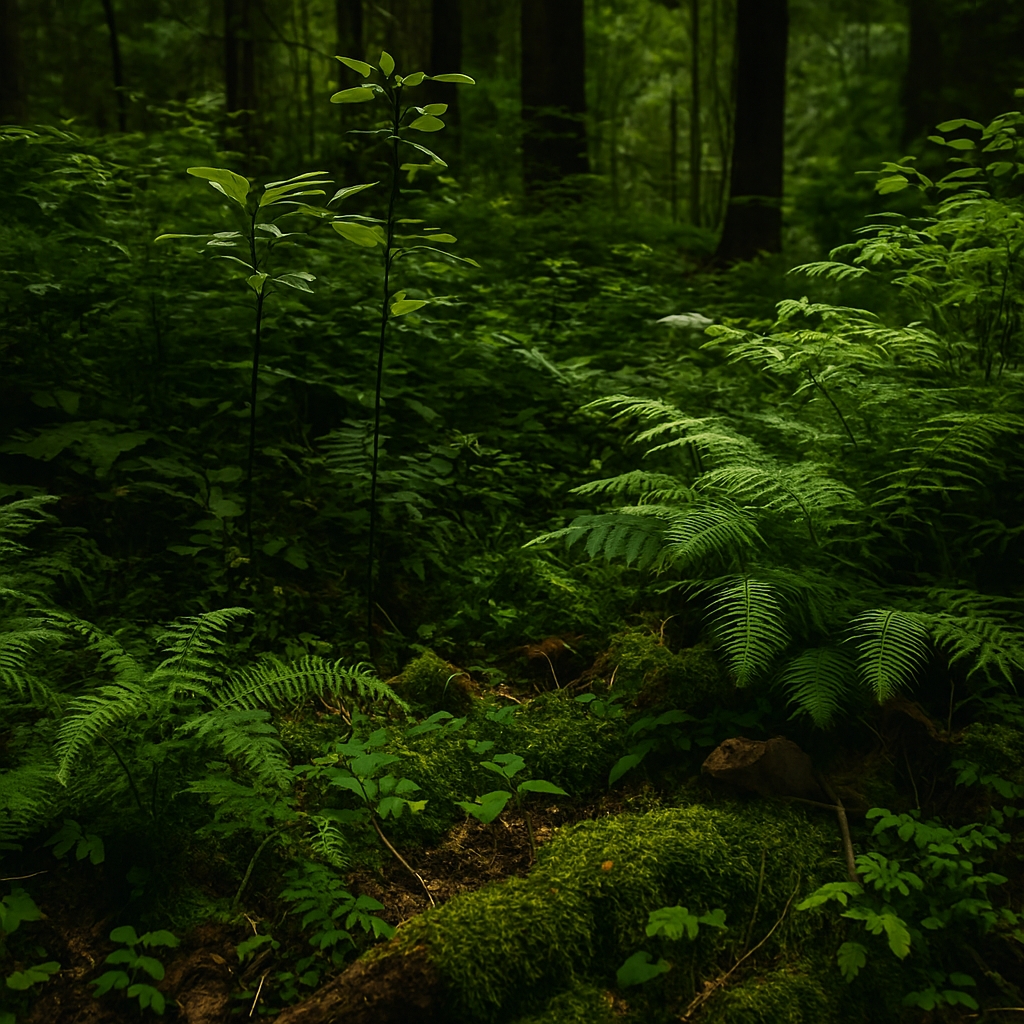
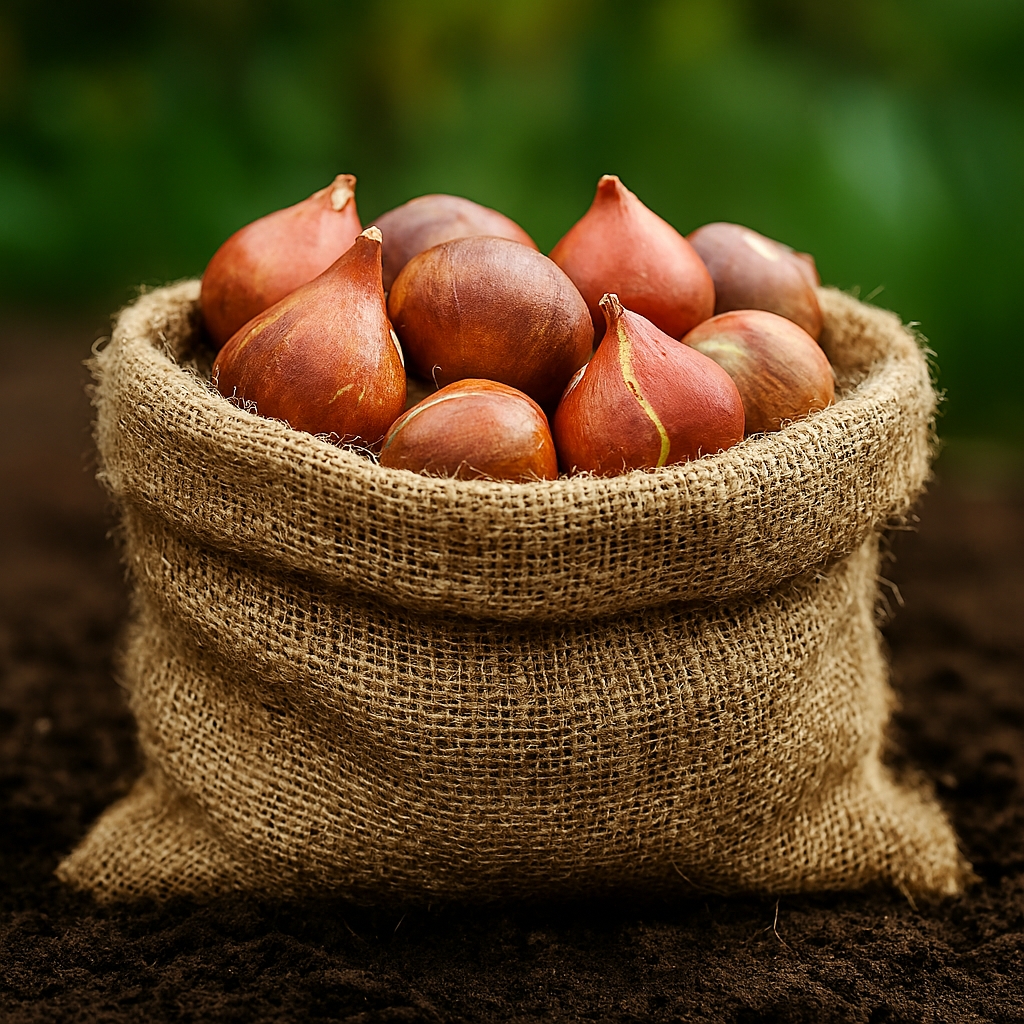
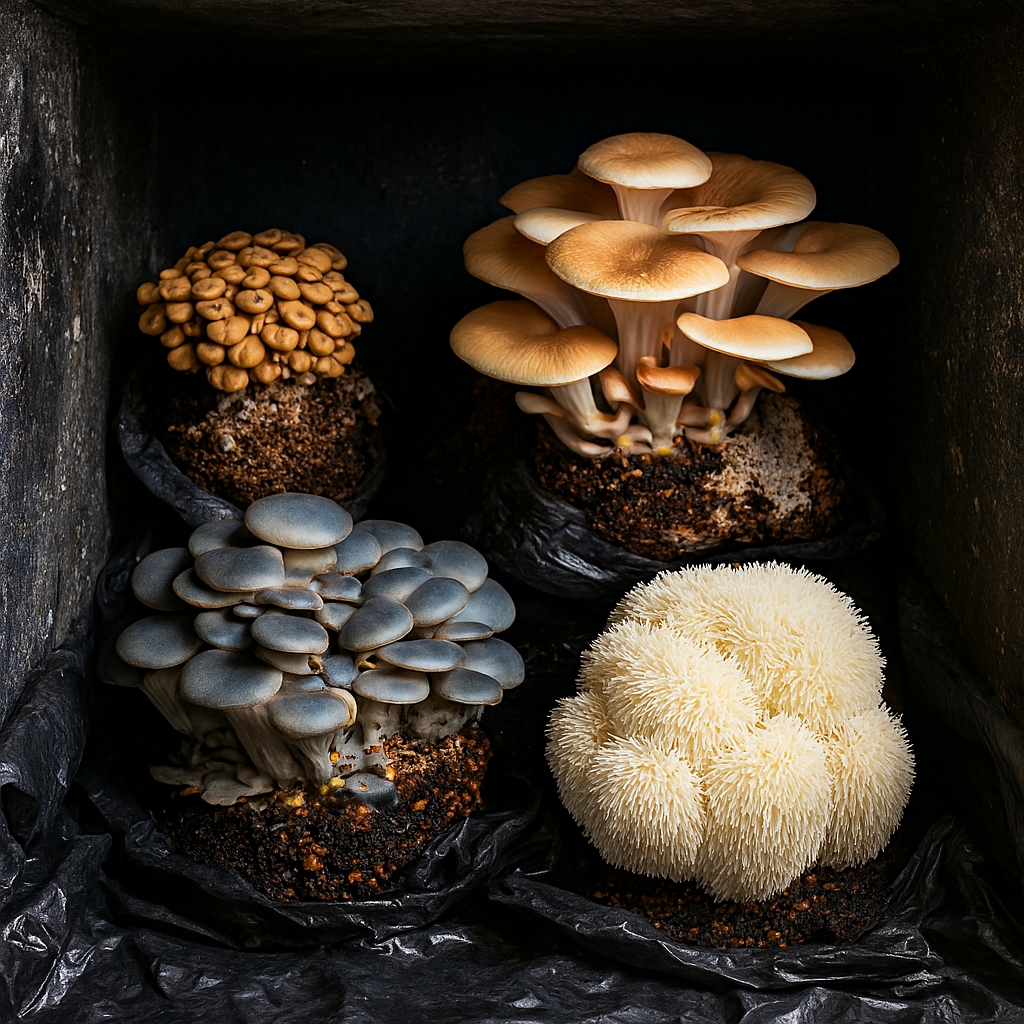




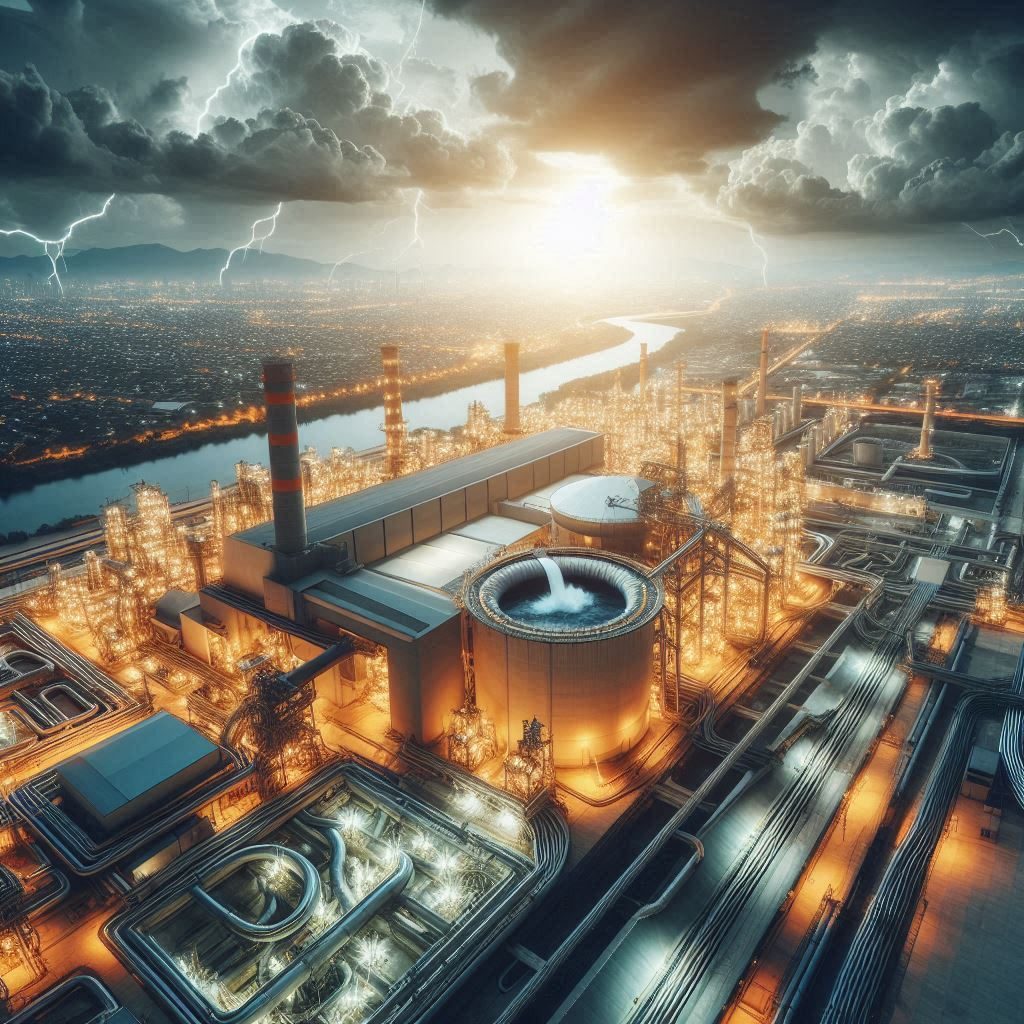
GlobalBllog
GlobalBllog I very delighted to find this internet site on bing, just what I was searching for as well saved to fav